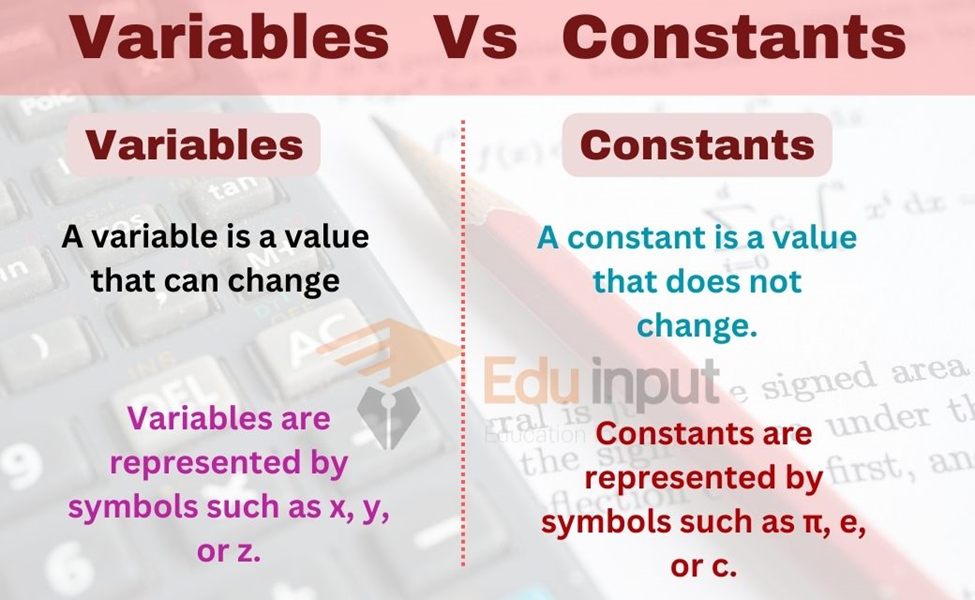Difference between Rows and Columns
Mathematics is an essential subject that requires a clear understanding of the basic concepts. One of the fundamental concepts in mathematics understands the difference between rows and columns. Rows and columns are basic building blocks of tables and matrices used in mathematics. In this article, we will explore the difference between rows and columns, and how to use them in mathematics.
Key points
- Rows and columns are crucial elements in tables and matrices used in mathematics.
- Understanding the distinction between rows and columns is vital in organizing and analyzing data.
- Rows and columns are widely used in algebra and calculus to represent equations, systems of equations, matrices, and vectors.
Introduction
Tables and matrices are essential tools in mathematics that are used to represent data in a structured way. Tables and matrices are made up of rows and columns. A row is a horizontal arrangement of data, while a column is a vertical arrangement of data. Rows and columns help to organize and simplify data and make it easier to analyze and interpret.
Definition of Rows
A row is a horizontal arrangement of data in a table or matrix. Rows are usually represented by numbers, such as row 1, row 2, row 3, and so on. Rows are used to organize data horizontally and are usually labeled with the name of the variable or category that the data belongs to.
Definition of Columns
A column is a vertical arrangement of data in a table or matrix. Columns are usually represented by letters, such as column A, column B, column C, and so on. Columns are used to organize data vertically and are usually labeled with the name of the variable or category that the data belongs to.
Differences between Rows and Columns
The main difference between rows and columns is their orientation. Rows are arranged horizontally, while columns are arranged vertically. Rows are used to organize data horizontally, while columns are used to organize data vertically.
Another difference between rows and columns is how they represent data. Rows represent data horizontally, while columns represent data vertically. Rows are used to organize data by categories, while columns are used to organize data by variables.
Rows and columns are also labeled differently. Rows are usually labeled with numbers, while columns are usually labeled with letters. The labeling of rows and columns makes it easier to refer to specific cells in the table or matrix.
How to Use Rows and Columns in Mathematics
Rows and columns are used extensively in mathematics, particularly in algebra and calculus. They are used to represent equations, systems of equations, matrices, and vectors. Here are some examples of how rows and columns are used in mathematics:
Matrices
A matrix is a rectangular array of numbers arranged in rows and columns. Matrices are used to represent linear equations, systems of equations, and transformations. In a matrix, the elements are arranged in rows and columns. The rows and columns are labeled with numbers and letters, respectively.
Vectors
A vector is a mathematical object that has both magnitude and direction. Vectors are represented using a column or row matrix. In a column matrix, the elements are arranged vertically, while in a row matrix, the elements are arranged horizontally.
What is a row in mathematics?
A row is a horizontal arrangement of data in a table or matrix.
What is a column in mathematics?
A column is a vertical arrangement of data in a table or matrix
How are rows and columns used in mathematics?
Rows and columns are used extensively in mathematics to organize and analyze data, and to represent equations, systems of equations, matrices, and vectors.
Why is it important to understand the difference between rows and columns in mathematics?
Understanding the difference between rows and columns is important in organizing and analyzing data, as well as in representing equations, systems of equations, matrices, and vectors.
What is a matrix in mathematics?
A matrix is a rectangular array of numbers arranged in rows and columns. Matrices are used to represent linear equations, systems of equations, and transformations.

 written by
written by 





Leave a Reply